Vegetables That Are Actually Fruits: Exploring the Confusion in Our Grocery Carts
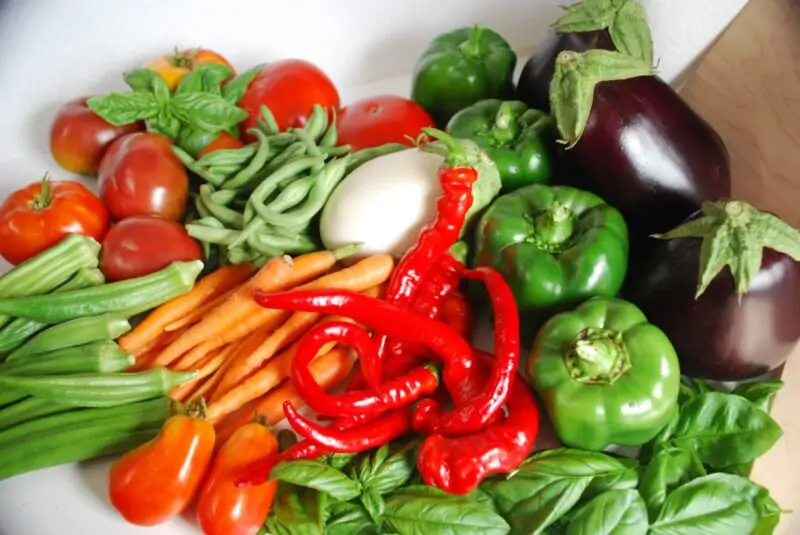
Have you ever found yourself standing in the produce section, staring at a tomato or an avocado and wondering, “Wait…is this really a vegetable?” Or maybe you’ve overheard someone refer to a cucumber as a fruit and thought they were mistaken. The truth is, some foods we commonly consider vegetables are actually classified as fruits – scientifically speaking anyway.
In this article, we’ll explore vegetables that have been hiding their fruity identities. We’ll dive into why it matters (especially if you’re trying to eat more veggies) and clear up any confusion about whether your favorite summer salad ingredient is botanically speaking technically a fruit.
The Distinction Between Fruits and Vegetables
Before diving into which of our beloved veggies qualify as fruity imposters, let’s define what makes something either one.
When it comes down to it, there isn’t an exact definition for “fruit” versus “vegetable.”
Botanists define fruits based on anatomy rather than taste; a fruit is considered the mature ovary of flowering plants containing seeds. If a plant produces flowers, then it’s likely to have at least one part of itself regarded by people, like us humans, to be considered a fruit.
Vegetables technically refer to all other parts of the plant such as leaves (lettuce), stems (celery), and roots (beets). While usually savory tasting, these so-called ‘vegetables’ can also be sweet, like carrots, or contain starches, like potatoes.
Culinary definitions tend towards separating flavors with sweet things being primarily seen in desserts, while savory items are more often used in salads and main dishes. And despite how chefs may classify them when cooking, culinary experts seem split on whether corn should be categorized closer to grains than produce.
Why Does Understanding Matter?
Why would making sure something was correctly labeled a fruit or a vegetable matter when, in the end, you’re still going to eat it the same way?
Well, for starters, there are nutritional differences between fruits and vegetables. Fruits are generally higher in fiber content than vegetables—essential for digestive health—and contain plenty of vitamins and minerals like vitamin C that our bodies need to function properly.
Eating enough fruits can be a key source of good nutrition, especially during times like pregnancy where nutrient needs increase. However, if someone isn’t eating enough fruits, they may not be getting all their necessary nutrients by consuming only veggies alone — even if some of those veggies happen to technically, botanically speaking, actually count towards one’s daily allotment.
By understanding what is and what isn’t a fruit, there’s an opportunity for people who shy away from certain flavors to incorporate more knowledge about botanical classifications into their diet decisions, allowing for diversity which could result in additional tastes and dimensions.
Tomatoes: Legally a Vegetable, Botanically a Fruit
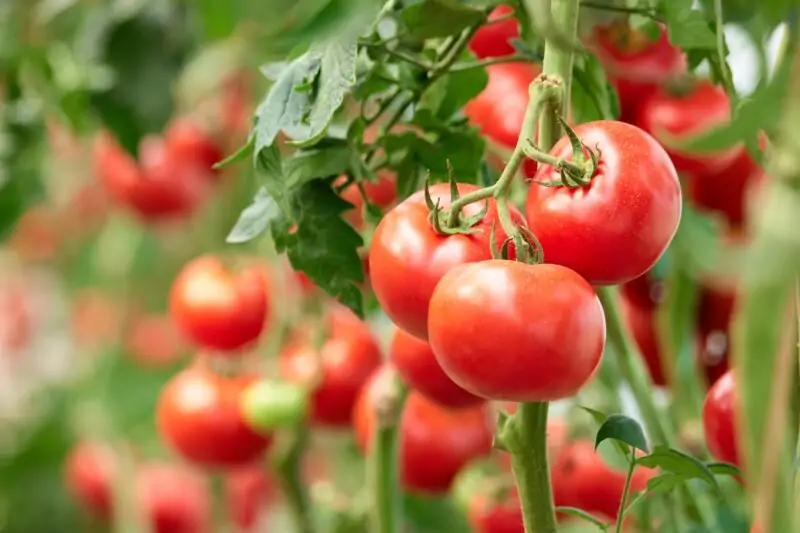
The tomato has always been at the center stage of this debate over whether it should officially have its feet firmly planted on either side. Thanks largely to the US Supreme Court case Nix v. Hedden, held just because something was treated like a veggie did not mean that had any bearing on how it was classified scientifically speaking (and thus legally).
The confusion over tomatoes comes down to history and their usage within American cuisine. Prior to European arrivals, tomatoes were introduced throughout North America by indigenous peoples who didn’t share a similar flavor palette. And despite using them regularly, they weren’t distinguishing between types based upon scientific taxonomic principles.
Whatever label we give them today, this juicy red gem packs a serious nutritious punch. Tomatoes are a rich source of antioxidants, including lycopene! Plus, they’re an incredibly versatile ingredient, making everything from tasty sauces, soups, drinks, sandwiches, pizzas, frittatas, quiches, chilis, salads, and of course, BLT sandwiches.
Avocado: A Surprisingly Large Berry
Probably one of the more commonly known members of the “fruit masquerading as a vegetable” club, avocados are classified as a fruit because they come from flowering trees. Actually, it’s not just any fruit but instead is considered a member of the stone fruit family, which includes cherries and peaches.
While all these foods share common characteristics with avocados, such as their fleshy pulp that coats the seeds found within pits or cores, the avocado stands out due to its size.
The creamy texture and high fat content have made avocados an indispensable ingredient in Mexican cuisine for centuries. Its versatility has since spread around the globe; even those who don’t like them solo may be pleasantly surprised by using some avocado mashed up into guacamole or sliced thin onto toast!
With notable nutrition facts including healthy fats, fiber, folate, vitamin K, pantothenic acid, plus antioxidants like lutein and zeaxanthin, people should consider adding them to their diet if looking to increase variety.
Eggplant: The Savory Berry
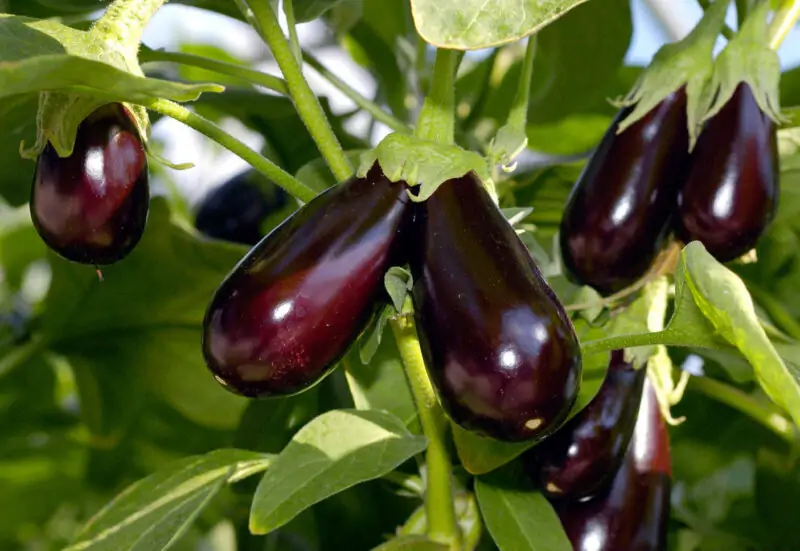
Eggplants are part of the nightshade family, which means they’re related to bell peppers, potatoes, and tomatoes. While many people think eggplants taste nothing at all like other fruits, food scientists point out that the flavor profile does contain fruity notes.
Despite being used extensively across different cultures worldwide – and unfairly often dismissed by picky eaters – eggplant still manages to pack a punch when it comes to nutritional value. It contains potassium, B vitamins, vitamin C, and much-needed dietary fiber too!
Whether you’re roasting slices, drizzling olive oil over the top, stuffing rolled cutlets, or making ratatouille, there’s no denying how versatile this distinctive purple produce can elevate your culinary game.
Okra: A Fruit in Disguise
Okra provides a surprise twist, similar to bell peppers, as they are also berries! It grows long pods where each ‘Okra fruit’ produces seeds within.
While not as commonly found in everyday diets, okra is still featured in many cuisines throughout the world: Indian spiced dishes, Southern US gumbo, and fried versions are just a few examples.
And when it comes to nutritional benefits Okra earns points for vitamin C, magnesium, fiber, calcium, and potassium levels, all of which can play vital roles in overall health.
Cucumber: Refreshing Fruit often Mistaken for a Vegetable
Ever since fresh cucumbers became one popular way to cool down on hot summer days, they’ve become synonymous with salads and sandwiches. Yet, unlike other members of the nightshade family, cucumbers are actually fruits!
Like their gourd relatives melon and squash, cucumber’s plant lineage means the interior flesh has seeded pulp, much like berries. While providing a refreshing crunch and texture, cucumbers aren’t a powerhouse of nutrients like some other veggie/fruit options, but you will benefit from healthy hydration! When used creatively (e.g., Greek tzatziki sauce, battered bites, or pickled slices), cucumbers help round out dishes while also adding the important freshness element that we crave on a hot sunny day.
Green Beans: Seed-Containing Pods
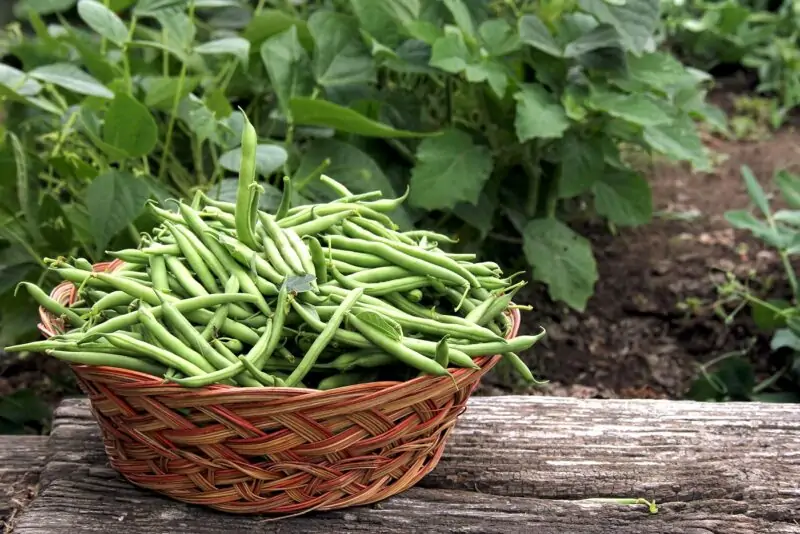
You may feel quite surprised to learn that beans (green and otherwise) count towards our list of vegetables that masquerade as fruits. But put simply; green bean plants belong to the same legume family as lentils, peanuts, and chickpeas! As such, these slim little veggies technically classify as ‘pods containing seeds.’
Despite being a humble veggie choice, there’s plenty of reasons to love this tasty staple, including its ability to be packed full of vitamins A, E, K, plus antioxidants, manganese, iron, folate, and fiber! And let’s not forget how versatile they are: Whether steamed, roasted, grilled, sautéed, or baked into casseroles and stir-fried dishes, it’s almost impossible to go wrong, no matter what method of cooking you select.
Pumpkin: A Versatile Fruit Used as a Vegetable
If ever there was an ingredient to symbolize the fall season, it’s probably the pumpkin! True to their berry categorization, pumpkins’ floral legacy produces that all-important seed-filled ovary.
Pumpkin may be most commonly associated with sweet treats like pies, but don’t forget the savory options! Its thick fleshiness can transform into delicious soups, stews, chili, hearty casseroles, and even plant-based burgers. And when you get down to nutritional facts, they’re packed full of antioxidants, vitamins, and minerals such as vitamin C, beta carotene, potassium, iron, and zinc, plus lots of fiber.
Olives: The Savory Fruit of the Olive Tree
While we’re used to seeing olives served up on charcuterie boards or blended into tapenade spreads (or perhaps just snacking on them straight from the jar), few realize these flavorful little fruits are not only botanically related to figs and mulberries but also part of the drupe family, which means the outer flesh surrounds a hard inner pit containing a single olive seed!
So, next time you’re tucking into some briny, salty green or black olives, consider how this food so often relegated as a mere garnish actually packs a punch nutritionally too; it’s a good source of monounsaturated fats like oleic acid, vitamin E, calcium, copper, and phenolic compounds.
Peppers: Spicy and Sweet Fruits in Disguise
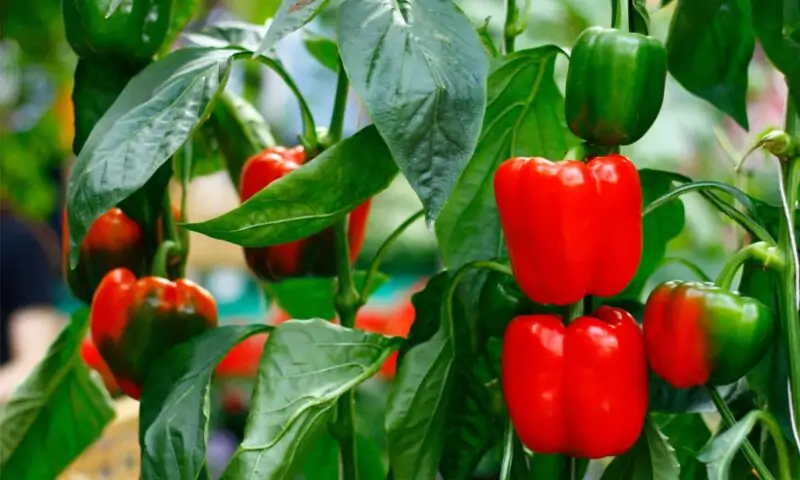
Pepper plants produce colorful bell-shaped hot varieties and are classified among the botanical community as a very specific type of ‘berry.’ They carry seeds inside, and unlike other berries, peppers have fleshy walls around the seedy center. This defining characteristic earns our fiery friend a place alongside tomatoes, avocados, cucumbers, and melons.
Aside from being a popular ingredient in spicy foods across the world (think Mexican, Tex-Mex, Korean, and Thai cuisine) due to their versatility and range of flavor profiles, peppers contain plenty of important nutrients. They are especially high in Vitamin C and capsaicin, a compound that gives peppers their heat and provides natural anti-inflammatory effects.
Zucchini: A Summer Fruit in a Vegetable’s Clothing
The oblong squash known as zucchini is technically another example of a vegetable masquerading as a fruit. Zucchini plants produce fruits often called summer squash due to their crispy, sweet flavors. The flesh of a zucchini contains seeds, much like watermelon or cucumber (fruits).
But despite its common use in salads, sautés, and soups, zucchinis don’t provide particularly noteworthy nutrition but are still a good source of potassium, magnesium, and vitamin C.
Corn: A Fruit, a Vegetable, and a Grain
Corn is a unique food that can be classified as a fruit, vegetable, and even a grain. From an anatomical perspective, corn is considered a fruit due to its seeds developing from the ovary of the plant’s flower. However, when it comes to culinary use and preparation, corn is often treated as a vegetable due to its savory flavor profile.
In addition to being used in dishes like succotash or roasted on the cob with butter and salt (yum!), corn has many uses outside of traditional cuisine, such as animal feed, ethanol production, and even powering our cars!
Watermelon: Oklahoma’s State Vegetable that’s Actually a Fruit
Did you know that watermelon was designated the official state vegetable of Oklahoma? Despite this title, though, watermelon remains very much within the realm of fruits! As one might expect based on its name – “water” sounds more refreshing than veggie-like – watermelons are primarily made up of juicy flesh containing seeds, which classifies them under botanical definitions for fruits.
Although we may not cook with it quite like other vegetables such as cucumbers or zucchini, adding freshly sliced watermelon into your summer salad makes for a deliciously sweet twist on classic greens!
Perennial Vegetable or Fruit?
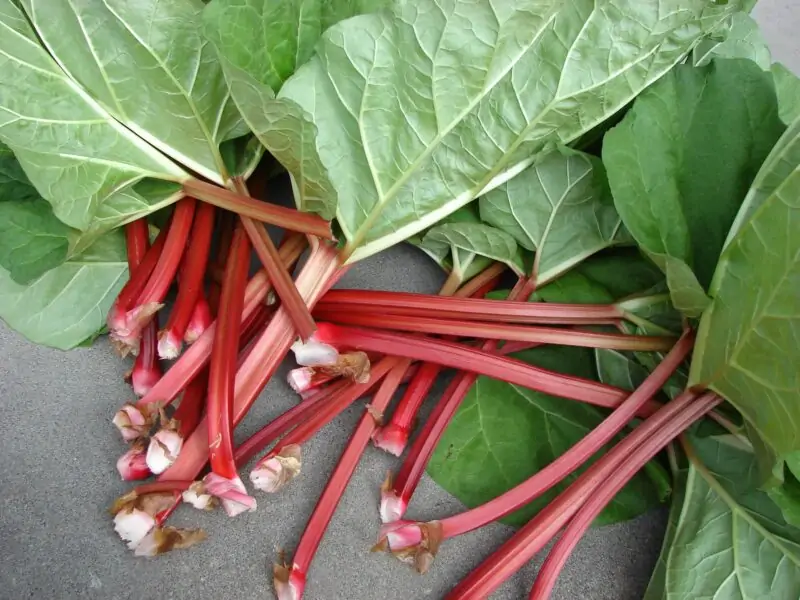
When people think about crops, they usually think about plants that grow every year. But, there are some plants that grow year after year, called perennial plants. One example is rhubarb. It tastes sweet like fruit, but it’s actually a leafy stalk that you can eat raw or cooked, like celery. So, it’s more like a vegetable than a sweet treat.
Another example is grapevine leaves. People use them to make a dish called dolma. These leaves are also a part of the plant’s growing and harvesting process. They don’t have much nutritional value, but they add a nice flavor to the food. So, both rhubarb and grapevine leaves are more like vegetables than fruits, even though they might taste fruity.
FAQs
Some common examples include tomatoes, zucchinis, cucumbers, eggplants, bell peppers, and okra. These are all considered fruits from a botanical standpoint, but they are often classified as vegetables in culinary contexts.
The classification of these fruits as vegetables is usually based on their culinary usage and flavor profiles. In cooking, these fruits are often prepared and consumed in ways that are more typical of vegetables, and their flavors tend to be more savory than sweet.
Botanically, fruits develop from the ovary of a flowering plant and typically contain seeds. Vegetables, on the other hand, are derived from other parts of the plant, such as leaves, stems, roots, or tubers.
Yes, these fruits are packed with essential nutrients and offer a variety of health benefits. For example, tomatoes are rich in antioxidants like lycopene, and eggplants are a good source of potassium, B vitamins, vitamin C, and dietary fiber.
You can use these fruits in a variety of dishes, such as salads, soups, stews, and stir-fries, or enjoy them raw or grilled. Get creative with your cooking and explore new recipes that highlight the unique flavors and textures of these fruits.
While it may not be essential for everyday meal planning, understanding the differences between fruits and vegetables can help you make more informed choices about your diet and ensure that you’re consuming a diverse range of nutrients. It also expands your culinary horizons and allows you to experiment with new recipes and flavor combinations.
Conclusion
Understanding food categories is important when planning meals, especially if you have dietary restrictions. It’s helpful to know that some “vegetables,” like tomatoes, zucchinis, and cucumbers, are actually fruits. This knowledge expands our appreciation for fresh flavors beyond traditional boundaries.
Additionally, it’s interesting to learn that some “fruits,” like eggplants and avocados, are considered vegetables in culinary terms. Being aware of these unique classifications can make meal planning more exciting. So next time you’re at the farmer’s market, look for these interesting items. They might inspire you to create a new favorite dish.